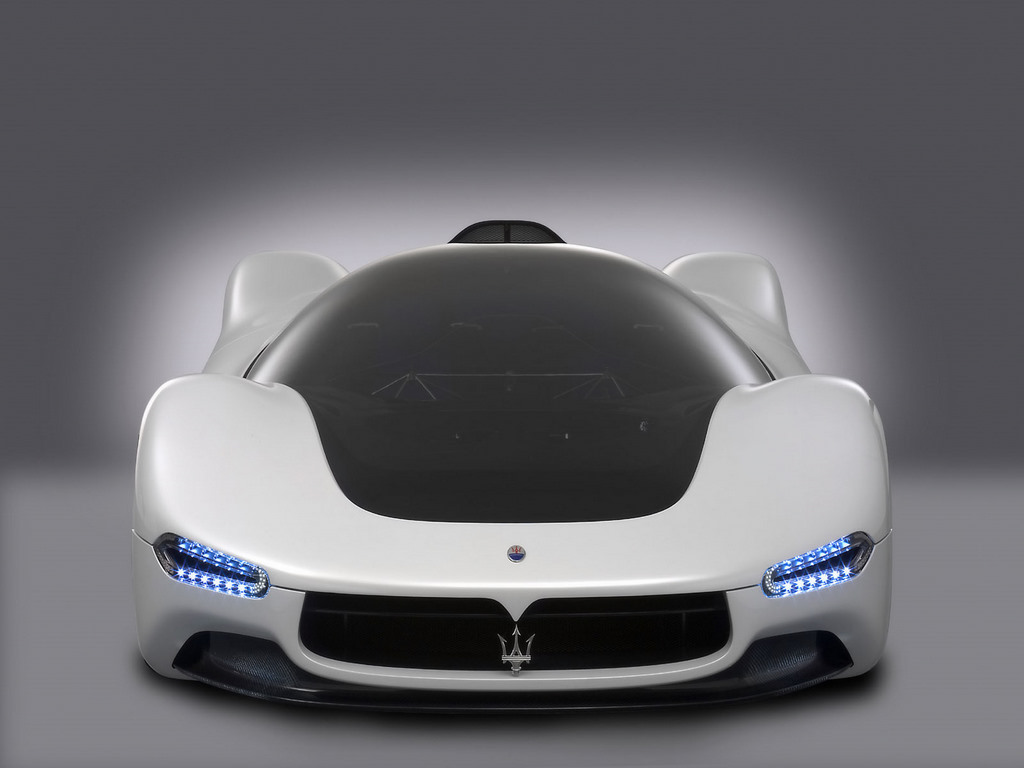A sports sedan or a sports saloon is a descriptive term applied to a sedan automobile that is designed to look and feel "sporty", offering the motorist more connection with the driving experience, while providing the comfort and amenities expected of a luxury sedan. A wider definition that includes related coupé, convertibles, crossovers is known as sport luxury. Most vehicles in this category overlap with the compact executive car and executive car classifications, while the sporty small family sedans are called sport compacts (mostly used in North America).
The term was originally introduced in the 1930s and applied to lighter, more streamlined closed body coachwork fitted by car makers.[citation needed] Rover, for example, had Sports Saloon versions of several of their models.
It was later applied by manufacturers to special versions of their vehicles that allowed them to enter production cars in motor races with extra modifications not normally permitted by the regulations.[citation needed] Such regulations required cars to be homologated typically by selling them in minimum numbers to the public. Some of the earlier examples were the Alfa Romeo 1900, Triumph Dolomite and Lotus Cortina.
Traditionally sports sedans have a manual transmission and tachometer in order to provide that "sports look and feel" and are rear wheel drive, have good handling characteristics, and adequate power. Because of the US move to automatic transmission and front wheel drive these types are now also to be found in the sport sedan category. Recent sport sedans such as the latest iterations of the BMW M5 and BMW M3 had implemented semi-automatic transmissions.
In North America, most luxury import sedans are often considered "sport sedans" because of their higher performance, handling, and expensive available amenities relative to that of mass market cars. There is some price overlapping, for instance as an entry-level BMW 328i has a similar (manufacturer's) suggested retail price to a Toyota Camry XLE V6.






No comments:
Post a Comment